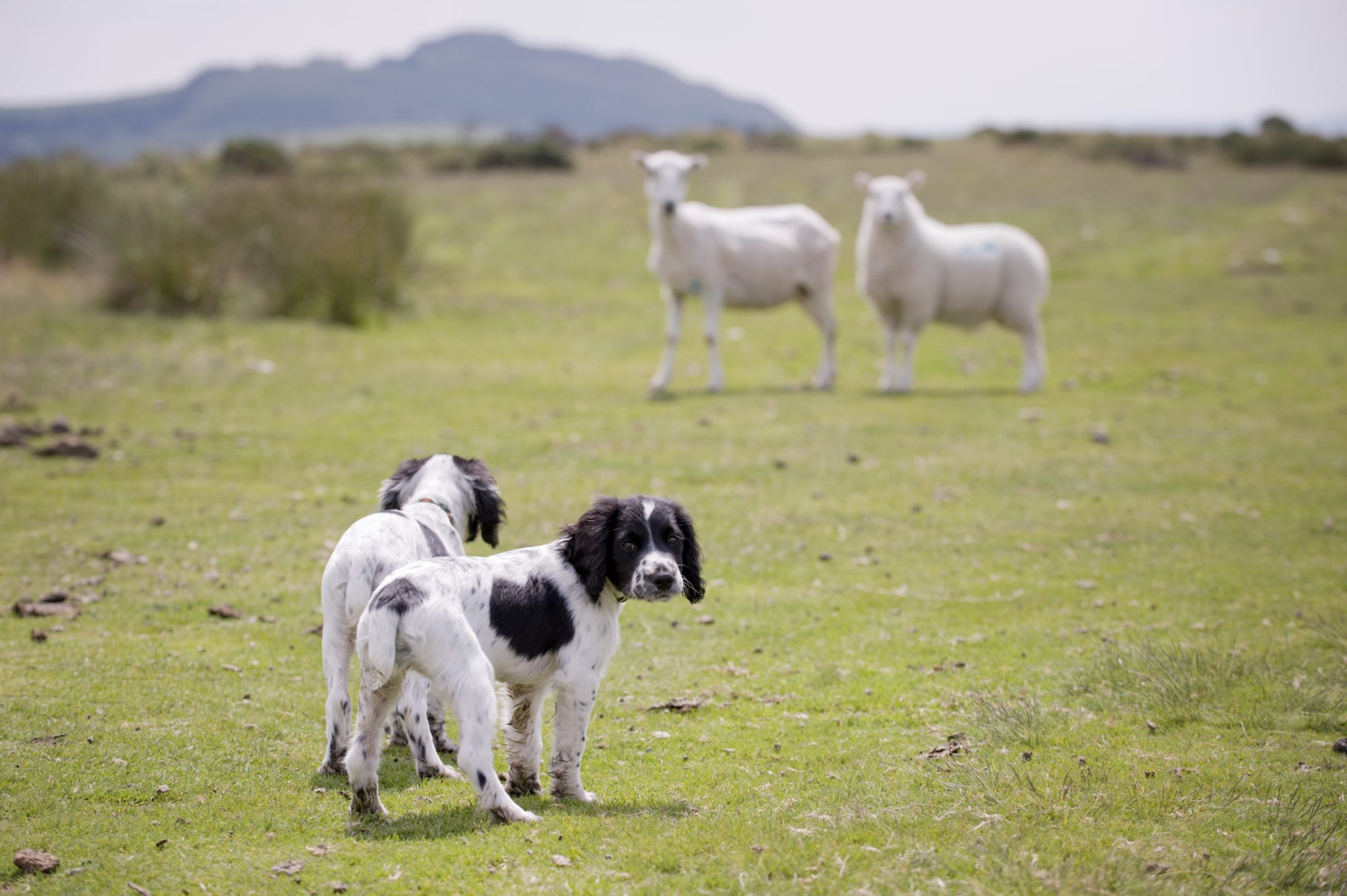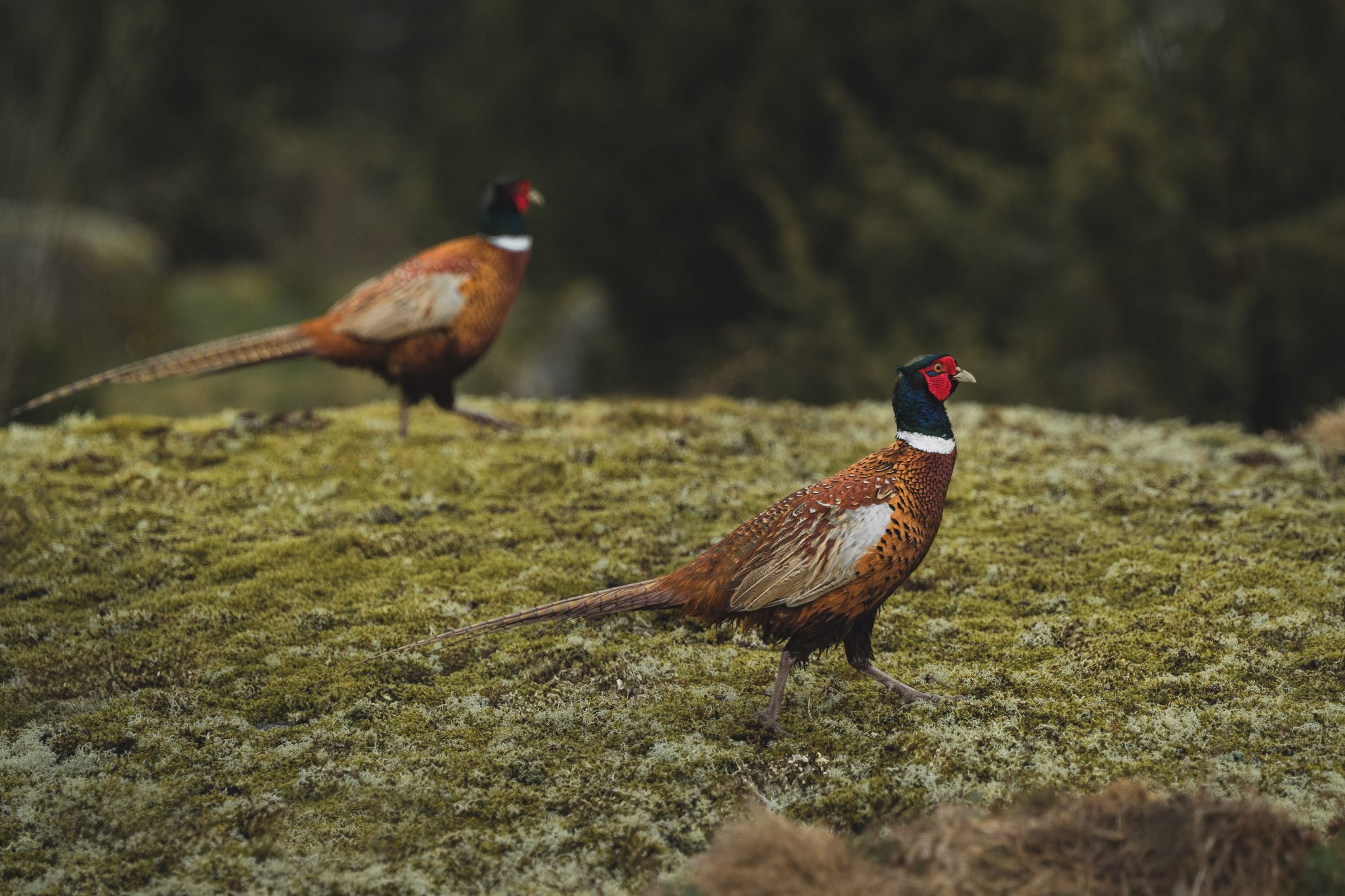Win CENS ProFlex DX5 earplugs worth £1,149 – enter here
What is rewilding?
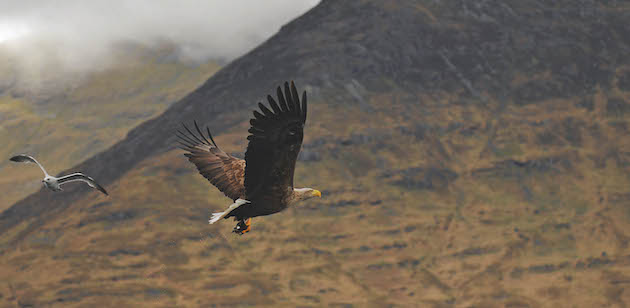 White-tailed sea eagle with fish
White-tailed sea eagle with fish
I expect most readers of Shooting Times will have a similar opinion of Chris Packham as mine, but I thought he plumbed new depths when he tried his latest PR stunt, calling on the royal family to rewild their lands.
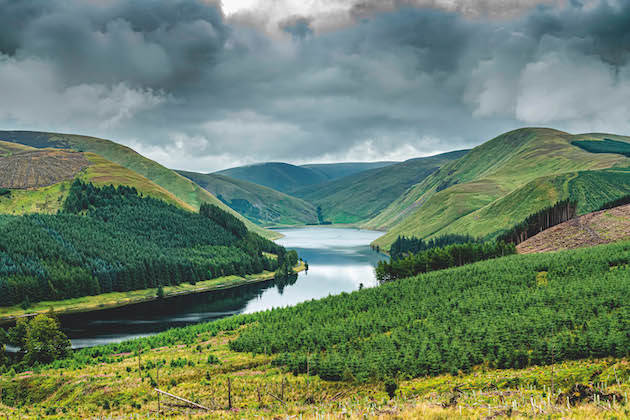
Exclusion zones cannot prevent reintroduced large carnivores seeking food outside their new territory
Rewilding – what is it anyway?
Pick about the only target that can’t answer back, why don’t you Chris? Imagine the response if he had aimed his stunt at Dartmoor or the Lakes. My guess is that the descendants of the Norse in the Lake District would have been hunting out a few old short-handled axes and the odd sword.
One thing is true — they would not have wanted to abandon the valleys they colonised so long ago if that is what rewilding entails. But what is rewilding anyway? I have a feeling it is many things to many people.
There are those who seem to think if we pop a few pairs of beavers or other species we hunted to extinction — wolves or lynx perhaps — back into our countryside we are rewilding it. From what I see and hear, though, there is rather more support for pairs of beavers than the odd pack of wolves, or even the lynx. They are perhaps for many a step too far, especially if the public wishes to wander over the rewilded areas to catch a glimpse of a reintroduced species. That is, of course, if they were allowed to do such a thing. Do we remove all people from a rewilded area?
And how much do we interfere in the whole process of managing the area in question to reach the end result? Many of the aforementioned seem short, simple questions, but they are far from that — in fact, they are very much the opposite. They are extremely complex questions, which I doubt my short piece will have sufficient words for.
I watched a rather informative piece on my native land the other evening, where they once again raised the issue of the Highland Clearances. It was rather interesting that the village in question had been cleared by a Scot from Edinburgh, who had simply bought the land and village and wanted to introduce sheep instead of crofters.
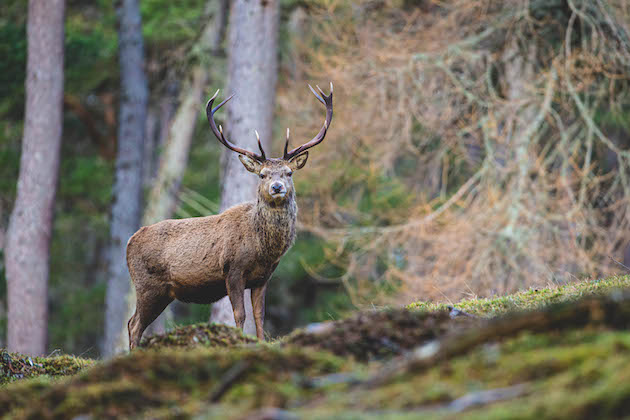
Rewilding raises the issue of managing high numbers of Scotland’s red deer and the impact on wild landscapes
Culling question
The interesting thing about viewing the landscape is that there are now no sheep nor shepherds, as they have been replaced by vast tracts of spruce trees. So where and how does rewilding come into all this? Do you remove the alien trees, sheep and, if there are any left, the odd inhabited dwelling? Should you cull most of the deer and hares, if there are any left and on land managed for sport, if they are there in numbers considered inflated because of man’s interference?
If you do, there is the danger you will reduce the number of large predatory birds at a stroke as they need a food supply. Or is a reduction in the ‘iconic’ raptors simply a price to be paid for rewilding?
Make no mistake, remove the management and you banish the majority of the food chain. These are not the 1700s or 1800s, when villages were cleared for sheep or reservoirs. There would be huge opposition to such a suggestion now, but man has been ‘interfering’ with nature since he first started to eat meat and make things from trees. So do we leave a few humans in the landscape as a token gesture and do we allow them to kill things and cut down the odd tree? Make no mistake, there will be plenty of trees if we kill most of the deer and mountain hares. Add to that the impact of a short-term surge of predator numbers — foxes in particular — and it will not take long for herbivore numbers to be reduced to such levels that much of the upland landscape will become tree covered. The sad fact is that much of it will not be the native cover that was there, because there is a huge seed bank drifting over the uplands from imported conifers, and they may well win out.
The next question is, how do you balance that with all the natural designations that accompany much of the uplands? Though blanket tree cover — even natural —eliminates nesting sites for breeding waders, it does provide refuge for most of the predatory species, winged and terrestrial. In short, if the land had been notified for breeding birds of the ground-nesting varieties, it would cease to be a Site of Special Scientific Interest, a Special Protection Area or a Special Area of Conservation, and would have to be denotified. Much of the Langholm Moors is rapidly heading into that situation — no grazing, cutting or burning and, with limited predator control from man management, no successful ground- nesting birds.
The final nail in the rewilding coffin for me is that our country is simply too small to do anything really meaningful with regard to the whole concept. It would appear that the vast open tracts of Scotland are not large enough to nullify the impact of intrusion on the concept from outside its boundary. Large predatory birds have the capacity to cover many miles on a daily basis in search of food. These are far more miles than any exclusion zone would permit — and that alone would destroy the whole concept of standalone wilderness areas.
Easy meal
You can shoot the deer, allow the open spaces to scrub up, but you are always going to have to interfere to keep it that way. Even if you were ever allowed to reintroduce some of the large carnivores, their territories are so vast that they are not going to stay inside a few thousand acres when there is the scent of an easy meal over the hill down in the valley.
There are individuals in North America who are trying to put rewilding into practice, but even they are missing a vital ingredient in their mix: the First Nation peoples — at least those who are left. We carried out genocide and large-scale removal of them to the point there are none left in vast tracts of their original lands, and they were a vital component in that wilderness area.
That was what it was like when we arrived; man had played his part in moulding it and we have done the same here. It’s simply that we have gone those few steps further down the road. But have we gone to the point we cannot go back? I suspect we have.
Related Articles
Get the latest news delivered direct to your door
Subscribe to Shooting Times & Country
Discover the ultimate companion for field sports enthusiasts with Shooting Times & Country Magazine, the UK’s leading weekly publication that has been at the forefront of shooting culture since 1882. Subscribers gain access to expert tips, comprehensive gear reviews, seasonal advice and a vibrant community of like-minded shooters.
Save on shop price when you subscribe with weekly issues featuring in-depth articles on gundog training, exclusive member offers and access to the digital back issue library. A Shooting Times & Country subscription is more than a magazine, don’t just read about the countryside; immerse yourself in its most authoritative and engaging publication.



